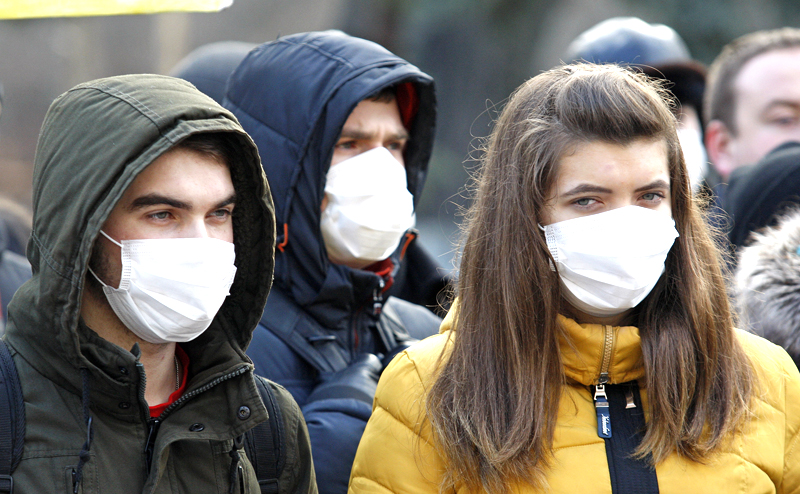The west Nile Virus is known in medical field since 1937, but it’s still insufficiently explored disease. The causative agent of this fever is a representative of “Flavivirus” of group “B” related to Japanese encephalitis antigenic complex.
The principal hosts of this virus in nature are wild birds living in tropical and sub- tropical regions. From birds it is transferred to blood-sucking insects such as mosquitoes & ticks. Further on its spread by sick person. For a long time-period the virus did not go beyond African continent and western Asia. By the end of xx century, because of tourism, cases have been registered in Europe and Russia.
Since 1999, cases of West Nile Fever have been recorded in countries such as:
- Serbia
- Israel
- Egypt
- India
- Canada
- Corsica island
- Kyrgyzstan
- U.S.A.
- Russia
- Croatia
Wherein mortality in each area is from 2%-7.5%, depending on the climatic conditions
The hazard of this virus for humans
Despite the fact that 80% cases of Nile fever are asymptomatic, and ends with complete recovery, but its spreading has worried doctors, because in some cases the effects of disease can be severe.
The main area of human body affected by this virus are mucous membrane of brain & spinal cord, lymph nodes, cells of vascular and nervous system. That’s why the patients complain of headache and muscle pain accompanied with high fever. Most often the pain seizes the area of eye, neck, lower back muscles and joints.
Astuteness of the virus lies in its incredible genetic variation. The virus rapidly becomes resistant to drugs, and is poorly treatable. Having its own R.N.A. the virus rapidly introduces into human body cells, causing agglutination of red blood cells, which leads to a sharp increase in blood pressure, impaired blood supply and innervation of internal organs.
The immune response produced in the body, stays for a very short time and only protects against this strain. The ability of the virus to quickly produce new strains increases the risk of re-infection.
Methods of treatment and prevention
Particular drug for the Nile virus is yet to be developed and there is no vaccine also. Treatment is directed towards symptoms relief and prevention of complications. Special attention is needed for patients with pathologies of cardio- vascular system, respiratory system, renal and hepatic function impairment.
Although infection in most cases is recorded among youngsters, but the elderly carry it poorly. It is therefore very important for patients above 50 to take all precautionary and preventive measures, immediately after the first symptoms show up.
Since there is no vaccine against this virus, it is necessary to take precautions against mosquito & tick bites




